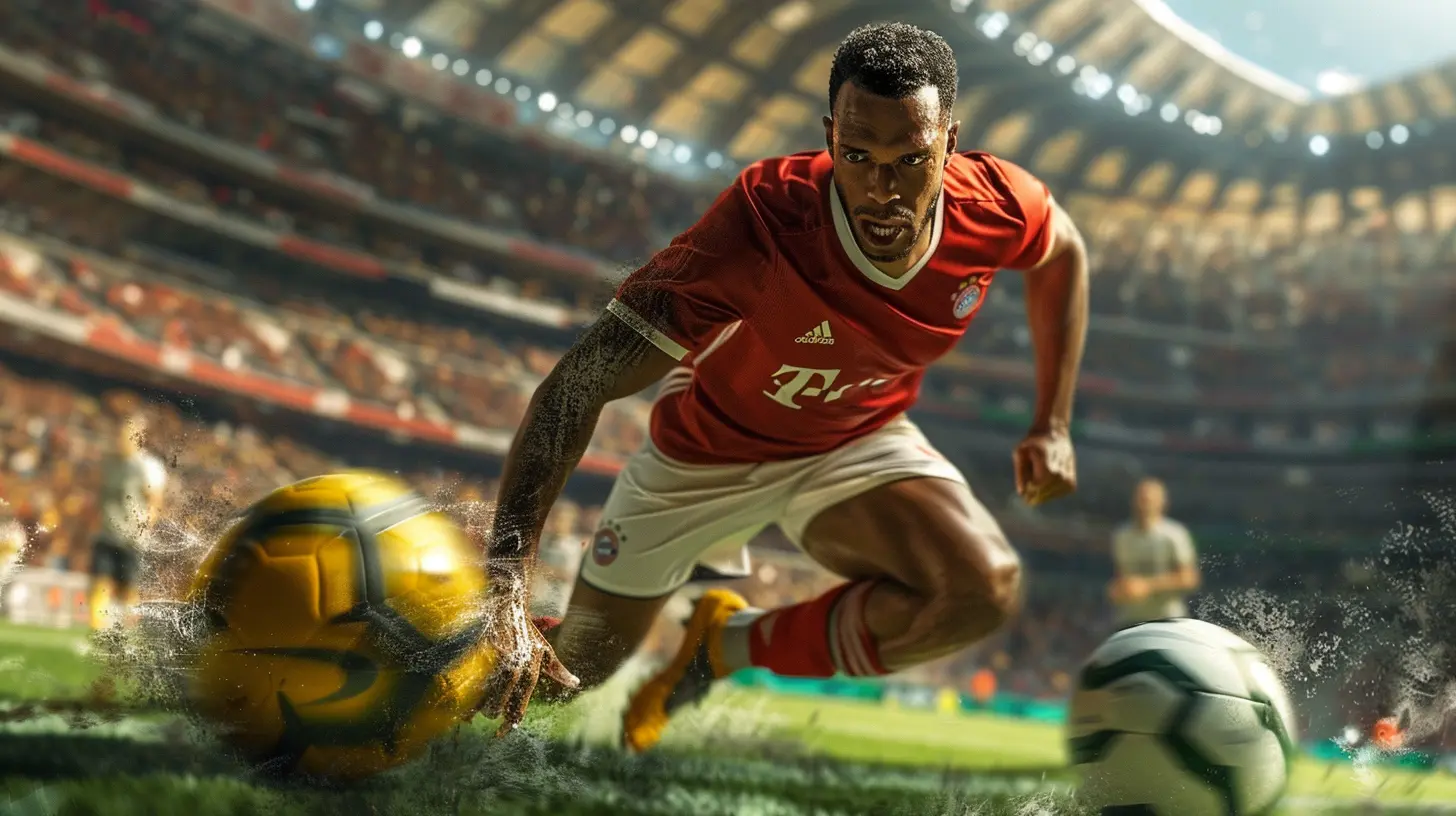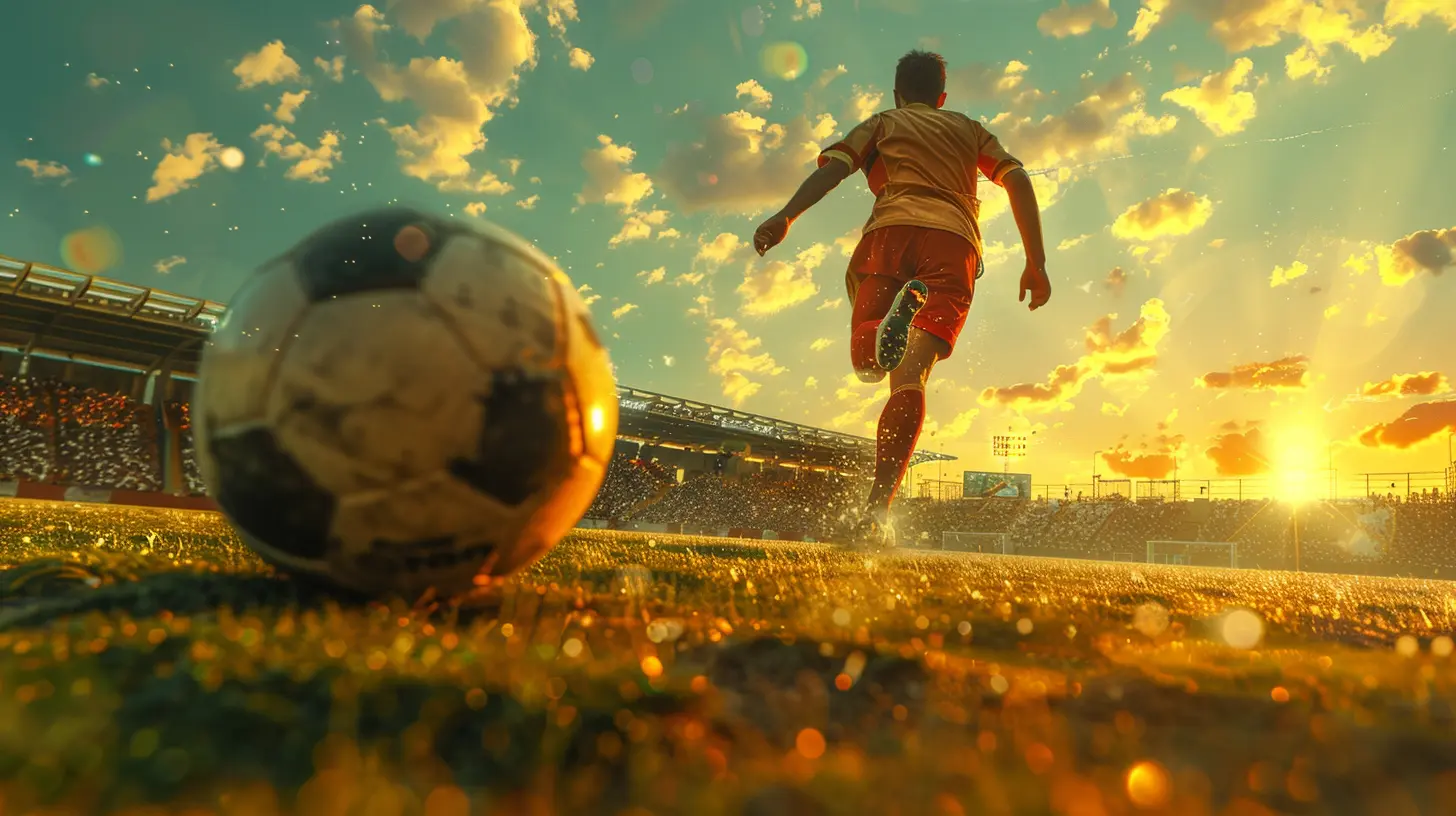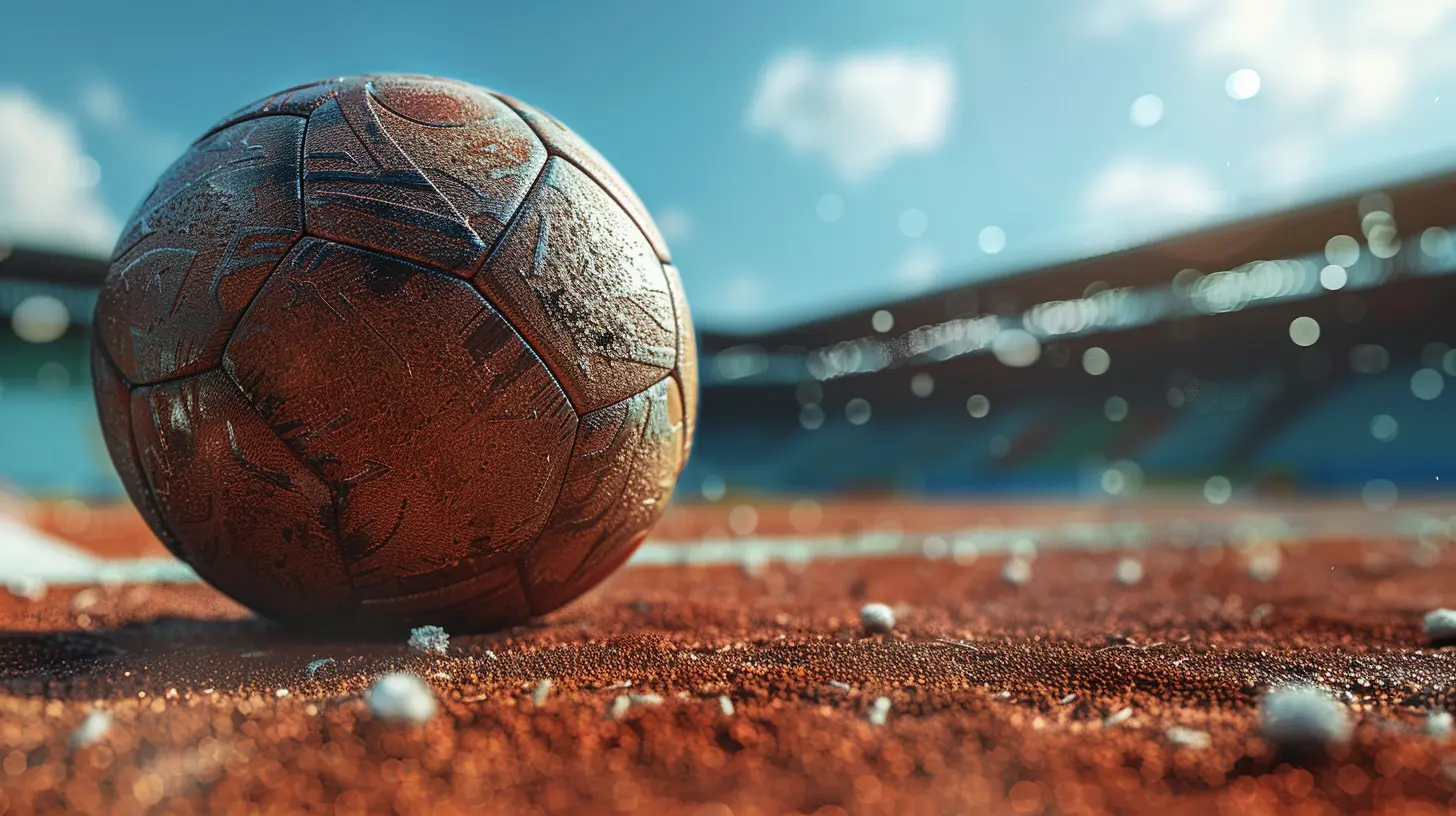The Challenge of Balancing Realism and Fun in Sports Games
28 August 2025
Sports games have come a long way. From the pixelated tennis matches of the '80s to today’s ultra-realistic football simulations, the genre has exploded in both popularity and complexity. But with great power comes great responsibility, right? And for developers of sports games, that responsibility often boils down to this: How do you balance realism with fun?
It sounds easy on paper—just make a game that feels lifelike, but also enjoyable to play. In reality (no pun intended), the line between keeping things authentic and making them entertaining is razor-thin. Too realistic, and you risk turning your game into a chore. Too fun and arcade-like? Hardcore fans might roll their eyes and walk away.
So why is this balance so hard to strike, and why does it matter so much? Let’s talk about it.
Why Realism Matters in Sports Games
We get it—we all want that moment in a game where we pull off a jaw-dropping goal or hit a buzzer-beater fadeaway like Kobe. But realism isn’t just about graphics or physics; it’s about capturing the feel of the sport.Immersion is Everything
When we talk “realism,” we’re not just talking about how pretty the sweat glistens on a player’s forehead. We’re talking about timing, strategy, execution—the mental and emotional rhythm of playing and watching sports.Games like FIFA, NBA 2K, and MLB The Show aim to give players an immersive experience. You’re not just pushing buttons; you’re coaching, analyzing, adjusting your playstyle, and reading your opponent. That’s what pulls players in and keeps them hooked.
Catering to the Die-Hard Fans
Hardcore sports fans are, let’s be honest, a passionate (and opinionated) bunch. They know the rules, the stats, the tiny nuances. If your game lets a linebacker run a 4.2 40-yard dash or allows a goalkeeper to consistently score goals from halfway across the pitch, fans notice—and not in a good way.Realism gives validity to the game. For fans looking for a true-to-life sports sim, authenticity isn’t just appreciated—it’s expected.
Why Fun Can’t Be Forgotten
But here’s the thing: Realism doesn’t automatically equal fun. Just because something feels “real” doesn’t mean it plays well.Real Life Is Kind of… Boring Sometimes
Let’s be honest—watching a real-world baseball game can feel like watching paint dry if you’re not a fan. High-level football strategy? It’s complex and thoughtful but doesn’t always translate into exciting gameplay.In real life, not every pass is crisp. Not every swing connects. Fouls, offsides, and stoppages happen all the time. And while that’s part of real sports, it doesn't always make for a fun game session.
Games are meant to entertain. Sometimes, that means dialing back the realism just enough to give everyone a good time without needing a coaching degree.
Arcade = Accessibility
Not everyone who picks up a sports game is a lifelong fan or stat-tracking superfan. Some people just want to smash buttons, score goals, and celebrate with flashy animations.Games like Rocket League and NBA Jam don’t care about realism—and that’s exactly why they’re so much fun. They’re easy to pick up, crazy unpredictable, and always a blast with friends. It's not about simulating the sport; it's about capturing the spirit of it.
Finding the Magic Middle Ground
So, where’s the sweet spot? Somewhere between the authentic and the outrageous lies the perfect sports game—one that satisfies the purist and excites the casual fan.Game Modes Save the Day
One of the smartest moves developers make? Offering different game modes tailored to different types of players.Think FIFA’s “Pro Clubs” for the hardcore team players, “Career Mode” for the manager-types, and “Volta” for those who want flashy street ball. NBA 2K has “MyCareer” for RPG vibes and “Play Now” for when you just want to hoop without all the extras.
This way, the sim heads get their fix, and the casuals aren’t overwhelmed.
Sliders and Settings – Customize Your Experience
Another great feature? Customization. Most modern sports games allow you to tweak gameplay sliders—things like game speed, AI difficulty, and foul frequency.This lets players create their own balance between realistic and arcade. It’s like getting a make-your-own sundae bar—some want sprinkles, some want nuts, but everyone walks away happy.
The Technology Trap
Advances in technology have both helped and hurt the quest for perfect balance. On one hand, motion capture, advanced physics engines, and hyper-realistic graphics are amazing tools. On the other hand, they can become a crutch.Too Real for Its Own Good?
Take player fatigue systems, weather effects, or complex AI routines. While these add realism, they sometimes bog down the fun. Waiting through long animations or dealing with awkward AI decision-making because “that’s how it works in real life” can be frustrating.Just because you can simulate a bruised hamstring mid-match doesn’t always mean you should.
Bugs and Glitches Kill the Mood
Ironically, sometimes the drive for realism leads to more bugs. The more complicated the game’s mechanics, the more things can go wrong. Clipping issues, weird physics, or broken animations can pull players out of the experience faster than you can say, “Did that really just happen?!”The Role of Player Feedback
Game developers don’t live in a bubble, and they shouldn’t. Listening to the community is essential when trying to strike that elusive balance.Annual Franchises, Annual Feedback
Sports games like Madden, FIFA, and NBA 2K are annual titles. That’s both a blessing and a curse. On the upside, devs have a yearly chance to tweak, polish, and respond to feedback. On the downside, they’re often under tight deadlines, which can limit innovation.Still, Reddit threads, YouTube reviews, and Twitter rants (oh, the rants!) give developers insight into what’s clicking and what’s not.
Community Mods and Tweaks
PC gamers know this all too well—when the base game doesn’t get it right, the community often steps up. From realism mods in PES to wild, over-the-top courts in NBA 2K, fans aren’t shy when it comes to shaping the experience they want.This kind of grassroots effort highlights just how diverse the player base is—and how hard it is to please everyone.
Case Studies: When Games Got It Right (and Wrong)
Let’s take a quick look at games that nailed the balance—and some that missed the mark.Hits
- FIFA Street (Classic Version): A perfect blend of flashy, arcade-style fun with just enough football mechanics to feel grounded.- MLB The Show: A love letter to baseball purists, but still engaging enough for newcomers, thanks to a variety of game modes and customization.
- Rocket League: Not a traditional sports sim, but it captures the heart-pounding nature of competition with just the right pinch of madness.
Misses
- NBA 2K MyCareer (Some Versions): While the story mode adds depth, some years it’s been bogged down by overcomplicated progression systems and in-game purchases, taking away from the core fun.- Madden’s Franchise Mode: Often criticized for being too barebones and lacking meaningful updates—a letdown for players craving realistic team management.
The Future of Sports Games: What’s Next?
The next generation of sports titles will likely lean even more into realism, with AI, machine learning, and real-time player data shaping how games are played. But with that, developers need to remember their North Star: player enjoyment.Hybrid Experiences
We’ll likely see more hybrid games that blur the line between arcade and sim. Think about titles that offer modular experiences or even AI that adapts the gameplay style based on player behavior.Imagine a game that detects you’re more casual and adjusts itself to offer a faster, more forgiving version—or one that goes full sim if you’re a hardcore strategist. Now that would be game-changing.
Final Thoughts: Keep It Real, But Keep It Fun
At the end of the day, sports games are meant to let us live out our athletic fantasies. Whether you're dreaming of winning Super Bowls or just want to pull off a ridiculous bicycle kick, the best games find a way to give you both the thrill and the strategy.Developers have the impossible task of pleasing everyone—but when they find that balance between realism and fun? It's pure magic.
So, the next time you boot up your favorite sports game, take a moment to appreciate the tightrope walk that brought it to life. And if it leans a little too far one way or the other—just remember, it’s all in the name of the game.
all images in this post were generated using AI tools
Category:
Sports GamesAuthor:

Leandro Banks
Discussion
rate this article
1 comments
Maria McKibben
This article highlights a crucial tension in sports games: the need for realism versus the desire for fun. Striking this balance is essential for engaging gameplay. Developers must innovate while remembering that players often prioritize enjoyment over strict adherence to real-world physics and rules. Great insights here!
August 28, 2025 at 3:08 AM

Leandro Banks
Thank you for your thoughtful comment! I completely agree that finding the right balance between realism and fun is key to creating engaging sports games. Your insights on player priorities are spot on!


